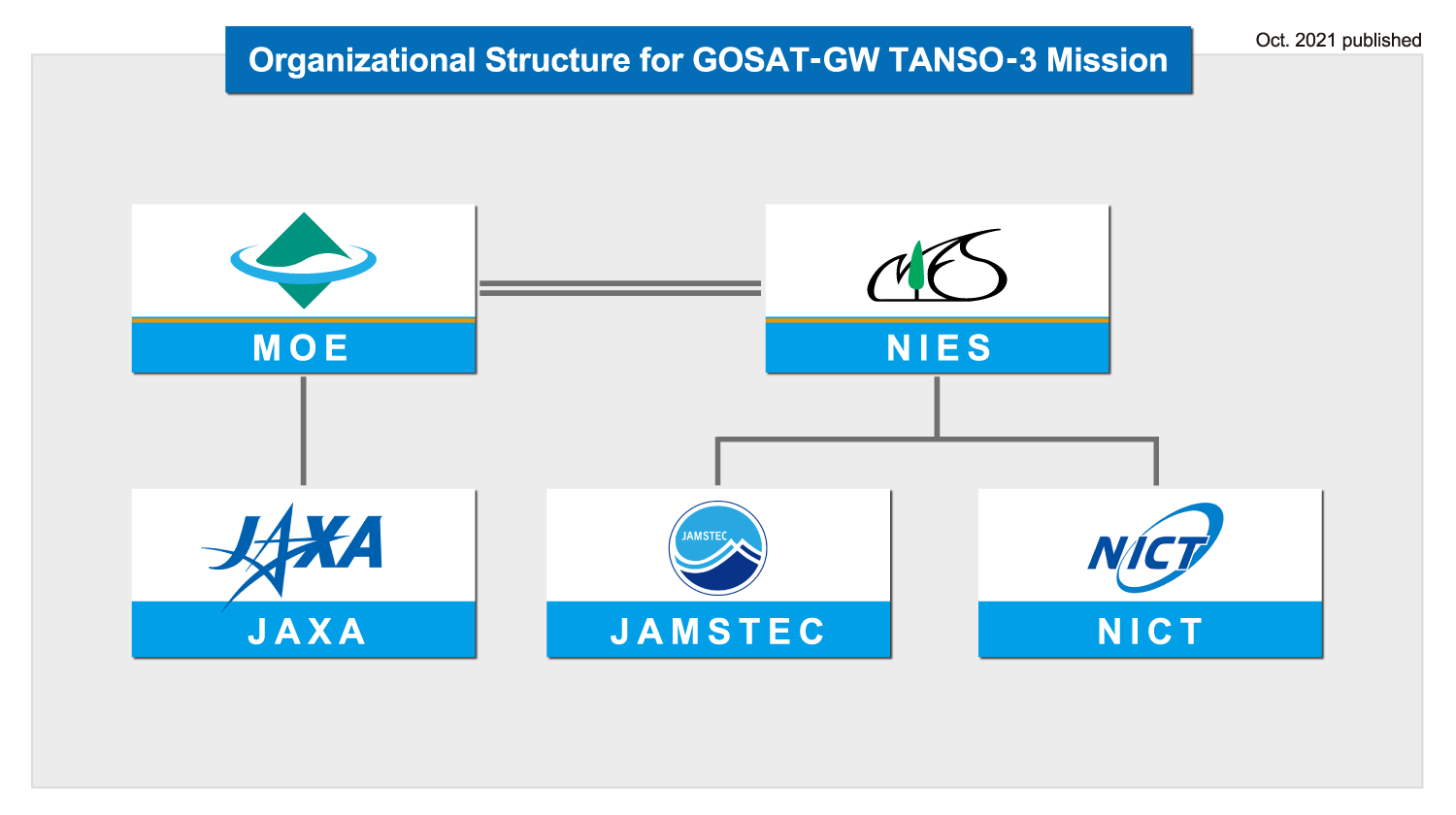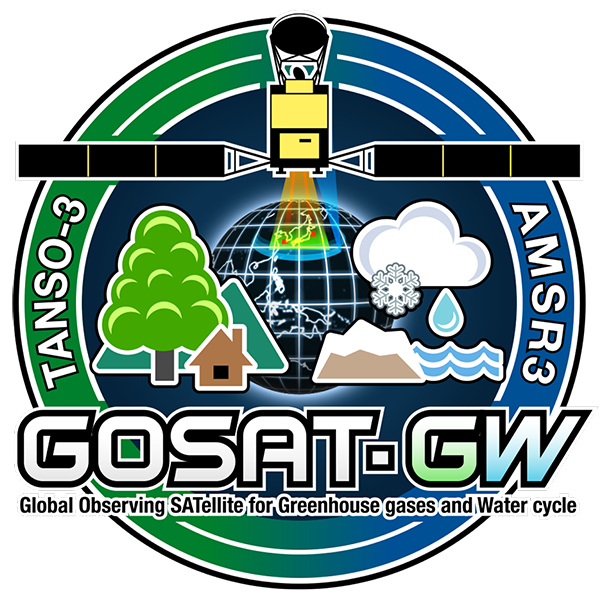

The Sixth Assessment Report (Working Group I) published by the Intergovernmental Panel on Climate Change (IPCC) in August 2021 states, "It is unequivocal that human influence has warmed the atmosphere, ocean and land" and "limiting human-induced global warming to a specific level requires limiting cumulative CO2 emissions, reaching at least net zero CO2 emissions". The Paris Agreement requires all Parties to prepare national commitments to reduce carbon emission and to steadily achieve the commitments. In these circumstances, satellite observations of atmospheric greenhouse gases (GHGs) are expected to contribute to enhancing the transparency of emission reports published by countries that have ratified the Paris Agreement.
Global Observing SATellite for Greenhouse gases and Water cycle (GOSAT-GW) is a Japanese Earth observation satellite. It is the third satellite in the GOSAT Series for observations of GHGs, such as CO2 and methane (CH4) from space and is a successor to Greenhouse gases Observing SATellite (GOSAT), launched in 2009 and GOSAT-2, launched in 2018. GOSAT-GW is scheduled to be launched in Japan's fiscal year 2024.
This satellite will carry two mission instruments: Total Anthropogenic and Natural emissions mapping SpectrOmeter-3 (TANSO-3) and Advanced Microwave Scanning Radiometer 3 (AMSR3). The TANSO-3 instrument and its ground systems are being jointly developed by the Ministry of the Environment (MOE) and the National Institute for Environmental Studies (NIES). The Japan Aerospace Exploration Agency (JAXA) is also involved in the development and operation of TANSO-3 under a contract with MOE.
TANSO-3 has the following mission objectives:
Through the achievements of the above objectives, GOSAT-GW, together with GOSAT and GOSAT-2, will contribute to the mitigation of climate change driven by the increase of GHGs in the Earth's atmosphere.
In the GOSAT-GW project, NIES is responsible for a GHG observation mission with the TANSO-3 instrument and mainly performing the following tasks:
NIES GOSAT-GW Project was established in the Satellite Observation Center (SOC), NIES, in 2021. All teams and groups in SOC will work together flexibly to ensure that this project fulfills the above NIES responsibilities.

The GOSAT-GW project is promoted by two Japanese ministries, the Ministry of Education, Culture, Sports, Science and Technology (MEXT) and MOE, together with research and development organizations under them. MEXT and JAXA are responsible for AMSR3; MOE and NIES are responsible for TANSO-3.
In addition, NIES, the Japan Agency for Marine-Earth Science and Technology (JAMSTEC), and the National Institute of Information and Communications Technology (NICT) have concluded joint research agreements to enhance the algorithm development, validation, and science related to NO2 observation by TANSO-3.
MOE and NIES are also discussing the involvement of domestic and overseas scientists through collaboration agreements among the organizations, the science team, and the research announcement.

MOE: https://www.env.go.jp/en/earth/ondanka/gosat.html
JAXA: https://www.eorc.jaxa.jp/AMSR/satellite/gosat-gw_en.html

JAMSTEC: www.jamstec.go.jp/egcr/e/atmos/
NICT: https://www2.nict.go.jp/ttrc/thz-sensing/